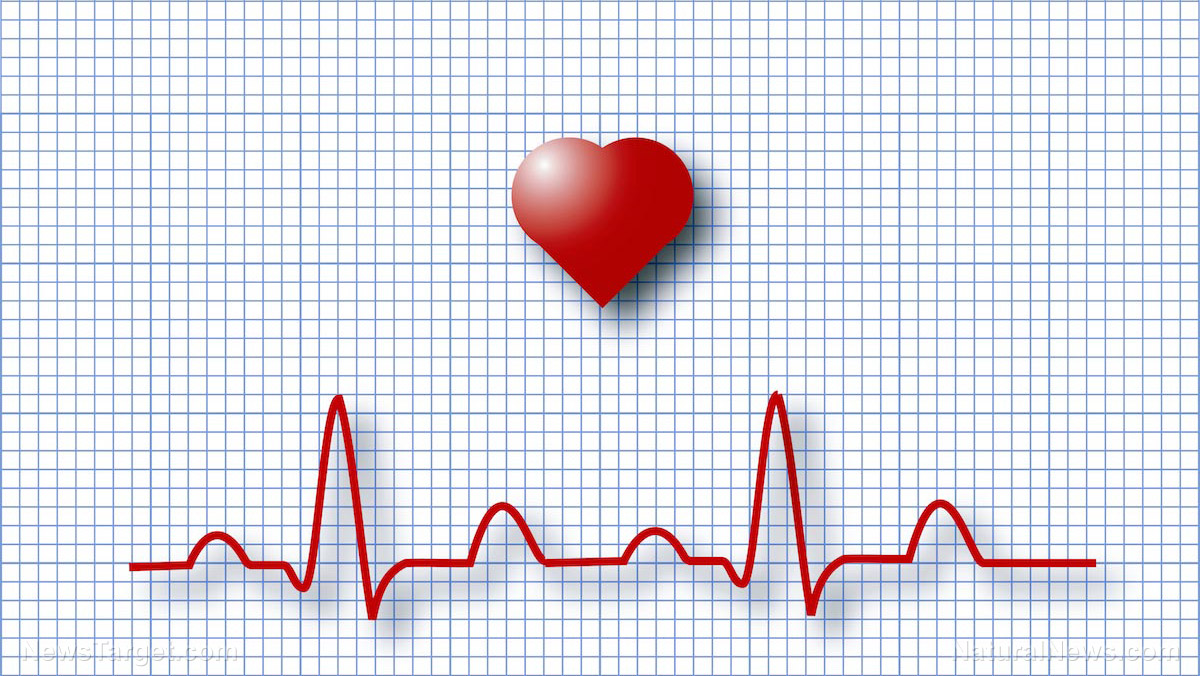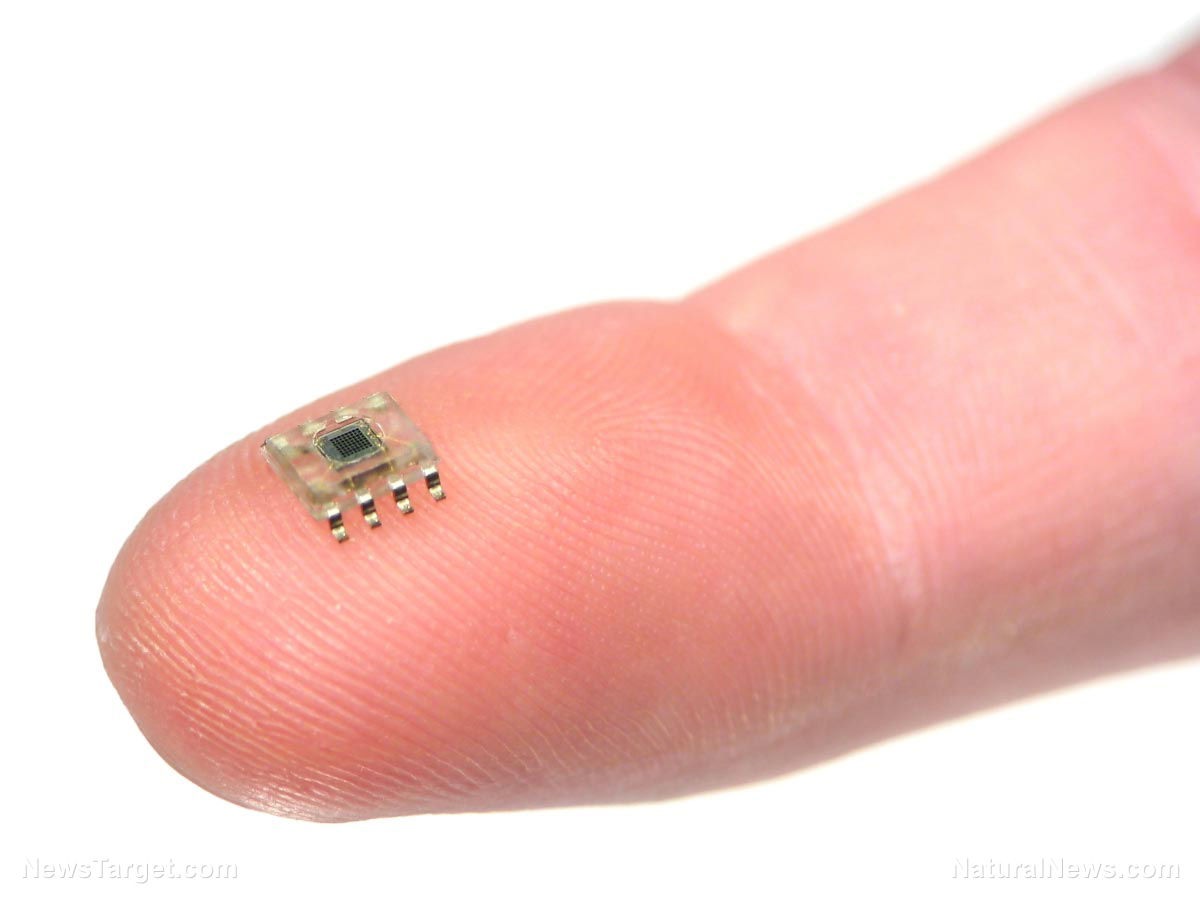5G tech fast-tracked to get pushed into our homes by next year
09/27/2018 / By Vicki Batts

For tech junkies, the arrival of 5G can’t come soon enough — but for all those concerned about environmental and public health, it’s a soon-to-be health disaster looming overhead. As the wireless industry competes to see who can roll out a 5G network the fastest, it seems the days of 5G are coming closer and closer, with the latest estimates suggesting that 5G will be available in homes as soon as 2019 — if it’s not in your area already.
While 5G is credited with speeds ten times faster than current 4G networks, and is expected to usher in a new generation of self-driving cars, concerns about the health risks of 5G are mounting. The next generation of the internet may be lauded for unbridled data access, but health advocates are wary of the budding new technology — and for many good reasons. 5G will unleash substantially higher amounts of electromagnetic radiation, and it will be virtually inescapable. What could go wrong?
What is 5G?
For many, the promise of faster internet sounds great, but the real-life implications of 5G extend far beyond internet speeds and data transfer rates. As the Institute of Electrical and Electronics Engineers (IEEE) explains, 5G will feature a host of brand-new technologies, designed to make the internet function at a nearly-seamless speed. As IEEE notes, users of 4G currently experience about a 70 millisecond delay when receiving data. 5G promises to reduce that delay down to just one millisecond.
This sounds great, but the cost of such speed will be great: The new technology needed for 5G will rely on millimeter waves, small cells, massive MIMO, or other types of potentially damaging technology, like beamforming. These are some of the “industry favorites” so far, and it seems like all of these “parts” may end up being used in the next generation of the internet. But what does that mean for you?
In order for 5G to “work” as intended, the radiowaves used to transfer data on the 4G spectrum will have to be substantially smaller — millimeter waves, which have never been used before. Millimeter waves operate at a much higher frequency, but are also more readily absorbed by buildings and nearby foliage — which means more cell stations would be needed, and they’d need to be closer together.
Thus, the industry has invented “small cells,” which are miniature base stations that would be installed every 250 meters or so in cities nationwide. Thousands of small cells would need to be installed in a single city. The sheer number of these will make escaping the electromagnetic radiation they give off impossible.
To add to this, massive MIMO stations would be implemented, as well. This means “massive multiple input, multiple output.” As IEEE explains, “MIMO describes wireless systems that use two or more transmitters and receivers to send and receive more data at once. Massive MIMO takes this concept to a new level by featuring dozens of antennas on a single array.
Health risks and more
These new millimeter waves can be absorbed by your body. So, these small cells will be in people’s places of work, maybe even their homes, and they will unwittingly be absorbing the electromagnetic radiation these devices produce.
In areas where 5G has been tested, people have already begun reporting side effects. A team of San Francisco firefighters say that they began experiencing confusion and memory loss after 5G was installed in their fire house. The symptoms didn’t go away until the the firefighters transferred to new stations.
Mark Steele, a former IEEE scientist, reported that people in his hometown were experiencing nosebleeds and miscarriages as a result of the new technology. Some experts have called 5G a “health calamity.”
Research has linked older, less potent wireless networks, like 2G, to a host of health problems — including brain cancer. What is 5G, with its more powerful, smaller and more insidious wavelengths going to do? Learn more at Glitch.news.
Sources for this article include:
Tagged Under: 5g, cell phone radiation, dangerous tech, disease causes, electromagnetic radiation, EMF, exposure, future tech, health dangers, health risks, mind body science, radiation, technology


















